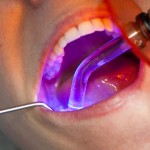
17 pro- and retrospective studies were included in this anterior composite restoration performance. While low annual failure rates from 0 – 4.1% were found, there is a need for well-designed clinical trials to evaluate the longevity of anterior composite restorations and investigate the specific factors associated with failure.
[read the full story...]






